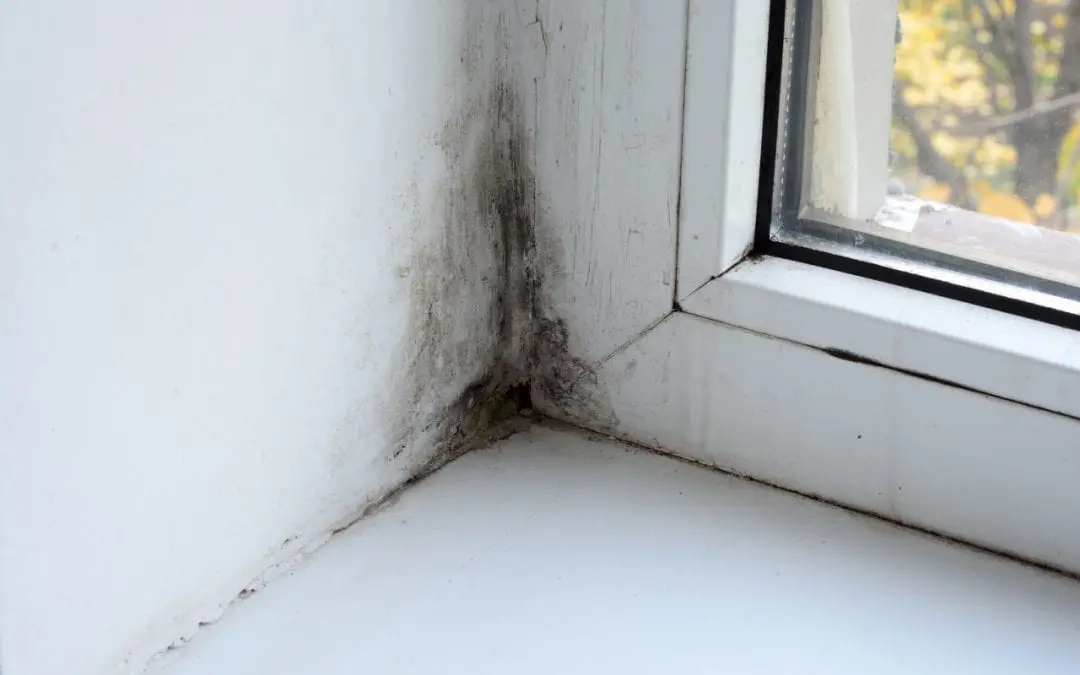It’s best to catch mold in the home early in order to keep it from spreading. However, not everyone is familiar with the signs of mold. Familiarize yourself with some of the more common indicators that you might have a mold problem in your house.
Persistent Allergy-Like Symptoms are Signs of Mold
One of the most aggravating signs of mold is respiratory symptoms and allergies. Allergies usually flare up during spring or autumn, but mold can cause symptoms any time of the year.
Itchy eyes, irritated sinuses, and headaches might be due to a mold problem, especially if you’re experiencing these symptoms year-round or they worsen at home. To determine whether mold may be causing your discomfort, check for these other signs of mold in your home.
Musty Smells or Odors
You may notice a damp or musty smell in your home. If the air coming from your ventilation system smells musty, then you might have mold growing. Mold spores growing anywhere in the home can get kicked into the air and circulated through the air ducts.
Visible Signs of Mold Growth
It might seem obvious to look for mold, but mold can often go unnoticed or mistaken for dirt. Many people glance over dark spots on the walls or floor and disregard them, assuming that they’re spots of dirt or dust.
Grey patches, clusters of dark spots, or long, white threads can all indicate mold growth. Basement cracks and caulking in the shower or bathtub that look black are also signs of mold.
Warped Flooring, Ceiling Panels, or Walls
Another sign of previous moisture damage and potential mold in the home is warped building materials. If your ceiling panels are sagging or drywall is buckling, then your home might have mold as a result of water damage.
Warped floorboards can also be a sign of mold growth from water damage, especially if they look darker around the edges and cracks. Be especially vigilant about checking for signs of water near warped materials, since this means that moisture is likely still a problem.
Bubbling or Peeling Wallpaper or Paint
Keep an eye out for moisture like water stains on ceilings and walls, or peeling or bubbling wallpaper. Bubbling wallpaper can be a sign of moisture breaking down the glue, especially if it’s relatively new. Another sign of water intrusion that can cause mold growth is cracking and peeling paint on the walls.
Familiarize yourself with these signs of mold growth in your home, and if you notice them, contact a professional to conduct a mold inspection.
Homeworx Services Inc. offers home inspections and certified mold inspections in Northern Virginia. Contact us to schedule an appointment.

